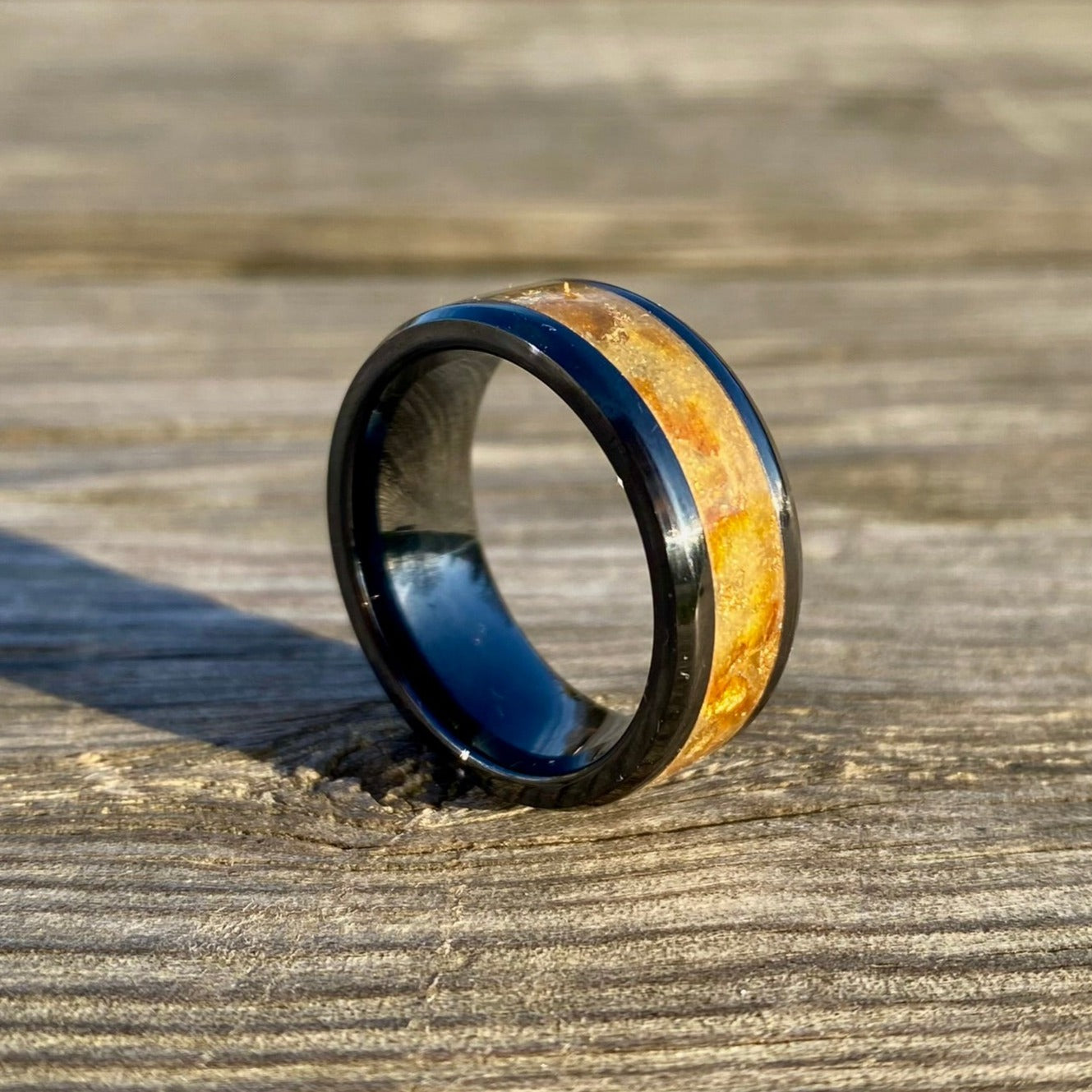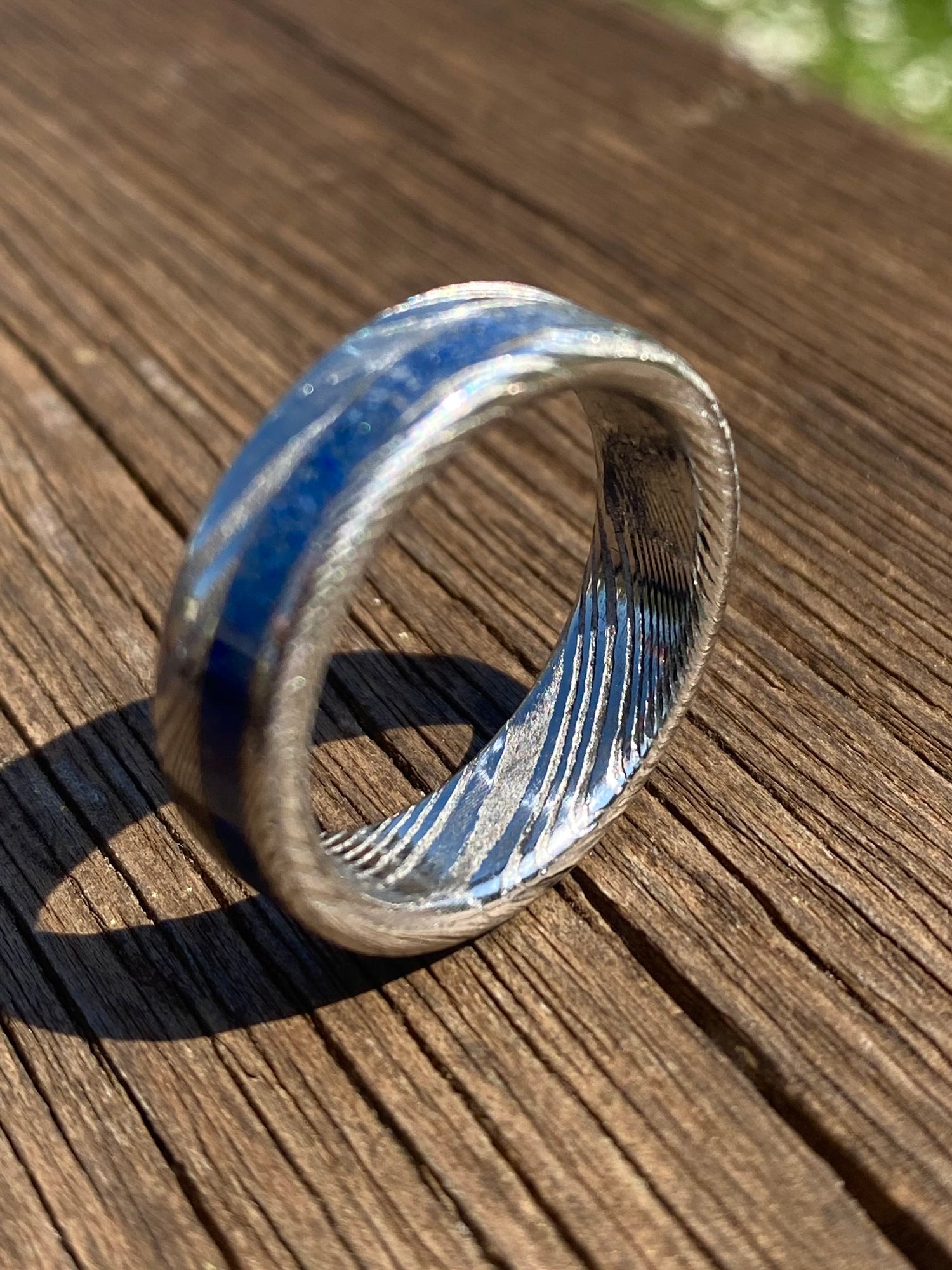🔍 Fordite is a very particular material, formed "accidentally" in American body shops starting from the 1940s. It consists of numerous layers of cooked paint, accumulated in the drains of the bodywork which, cooking after cooking, compact together creating numerous layers of bright colours.
𝙁𝙤𝙧𝙢𝙪𝙡𝙖 𝙘𝙝𝙞𝙢𝙞𝙘𝙖: Variable, depends on the composition of the paint.
𝘿𝙪𝙧𝙚𝙯𝙯𝙖 (𝙈𝙤𝙝𝙨): Variable, but generally between 2 and 7.
Appearance: Layered, Multiple and variegated colors
⏳ The term "fordite" comes from “Ford Motor Company”, but has become a generic term for this material. Also known as “Motor Agate” or “Detroit Agate,” fordite was discovered in the baking ovens of Ford's auto factories in Michigan in the 1940s.
🧪 Fordite is formed through the deposit of numerous layers of bodywork paint on tracks and trolleys, which when inserted into cooking ovens lead to its solidification and hardening. Over time, as car frames were painted, layers of hardened colored paint formed, overlapping and accumulating to create a layered material. When the hardened paint layer became too thick or obstructive, it had to be removed from the tracks and bogies. Some workers, recognizing the aesthetic value and unique beauty of this layered material, began to recover it and use it to create jewelry and art objects.
In summary, fordite was formed incidentally as a by-product of the manual car painting process in automotive factories which made the most of this phenomenon by recycling and valorising an otherwise waste material.
🌎 Most fordite was produced in the USA. For decades now, the body painting technique has changed, so fordite is no longer produced.







